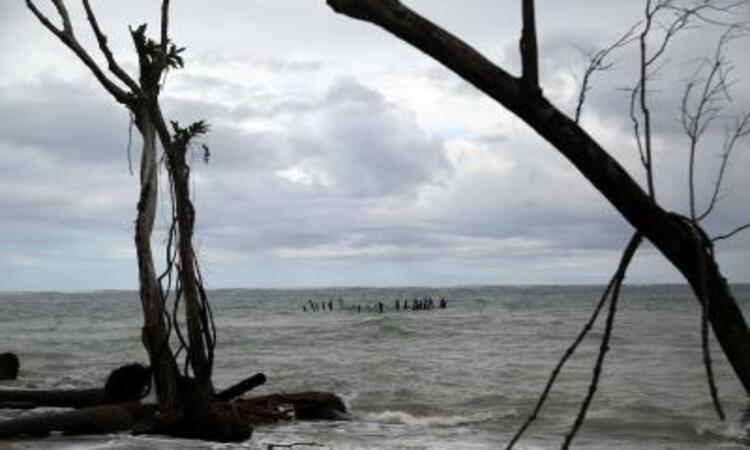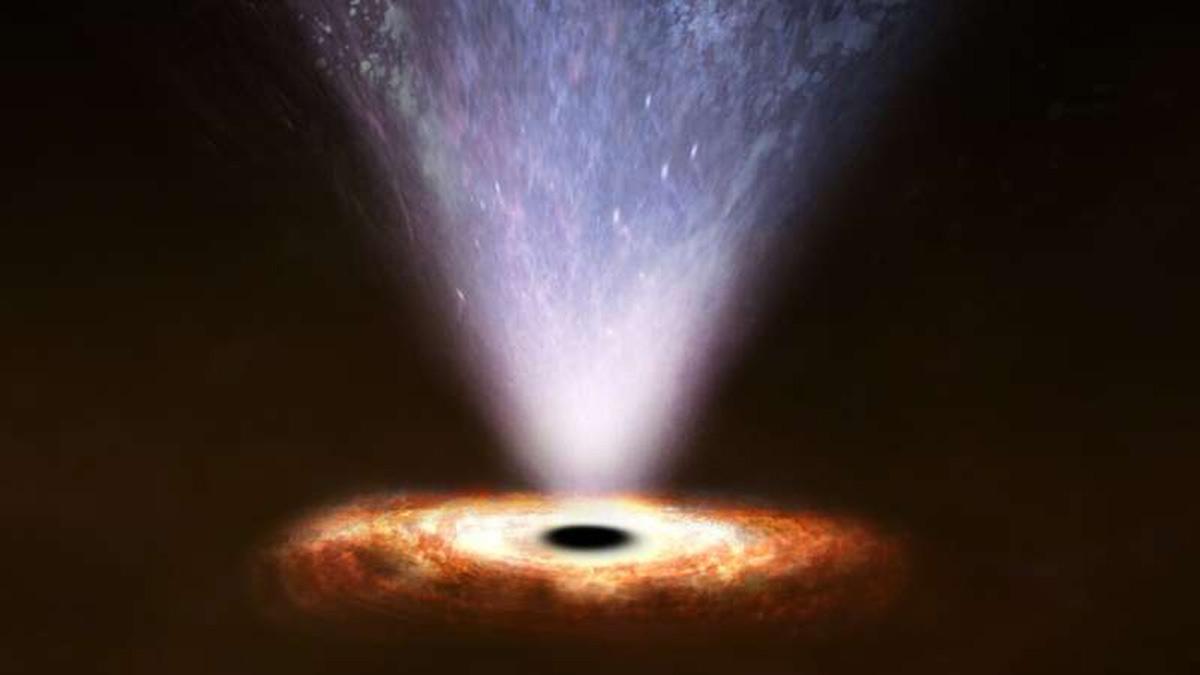The modern rates of sea level rise began emerging in 1863 as the Industrial Age intensified, coinciding with evidence for early ocean warming and glacier melt, an international team of scientists has found.
Sea-level rise is an important indicator of broader climate changes. Identifying the time of sea-level rise helped researchers to pinpoint the onset of a significant period of climate change.
The team used a global database of sea-level records spanning the last 2,000 years.
They found that globally Industrial Revolution paved the way for the onset of modern rates of sea-level rise occurred in 1863.
At individual sites in the US, modern rates emerged earliest in the mid-Atlantic region in the mid to late 19th century, and later in Canada and Europe, emerging by the mid-20th century.
The findings, detailed in the journal Nature Communications, will help local and regional planners prepare for future sea-level rise.
Also Read | Badminton Asia Team Championships: Malaysia, Indonesia claim men's and women's titles
"We can be virtually certain the global rate of sea-level rise from 1940 to 2000 was faster than all previous 60-year intervals over the last 2,000 years," said Jennifer S. Walker, lead author of the study and postdoctoral associate in the Department of Earth and Planetary Sciences at Rutgers University, New Brunswick, the US.
"Having a thorough understanding of site-specific sea-level changes over long timescales is imperative for regional and local planning and response to future sea level rise," she added.
Walker noted that the statistical model the research team utilised could also be applied to more individual sites to further understand the processes driving sea-level change on global and regional scales.
Also Read | Israel to open to unvaccinated tourists from March
"The fact that modern rates emerge at all of our study sites by the mid-20th century demonstrates the significant influence global sea-level rise has had on our planet in the last century," Walker added.
"Further analysis of the spatial variability in the time of emergence at different locations will continue to improve society's understanding of how regional and local processes impact rates of sea-level rise."


















